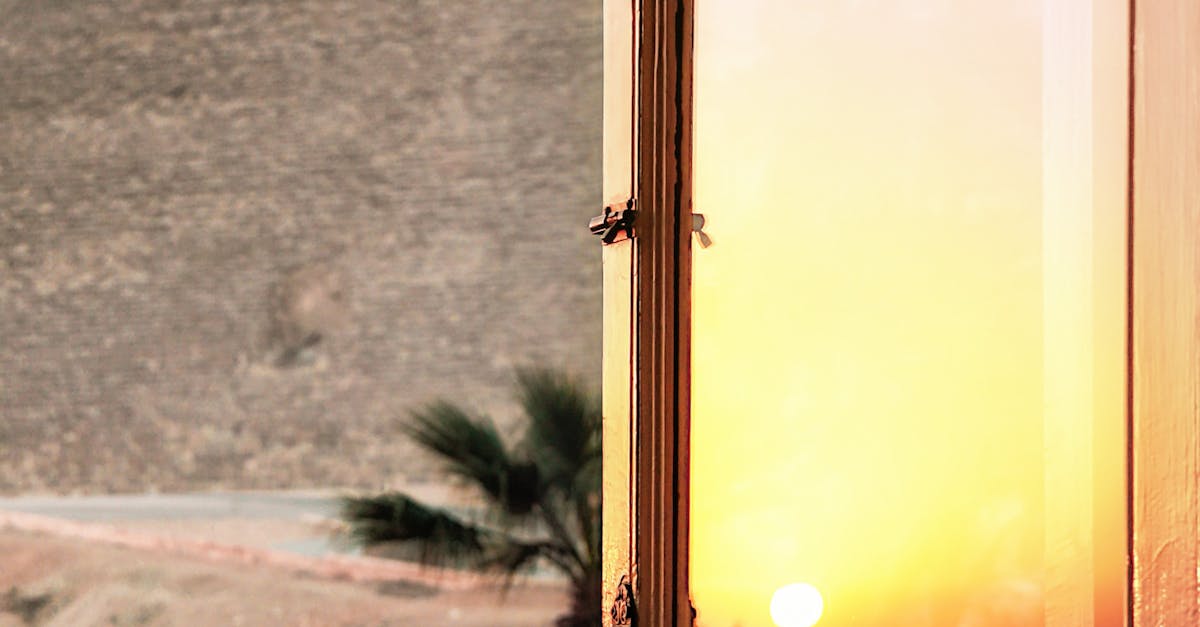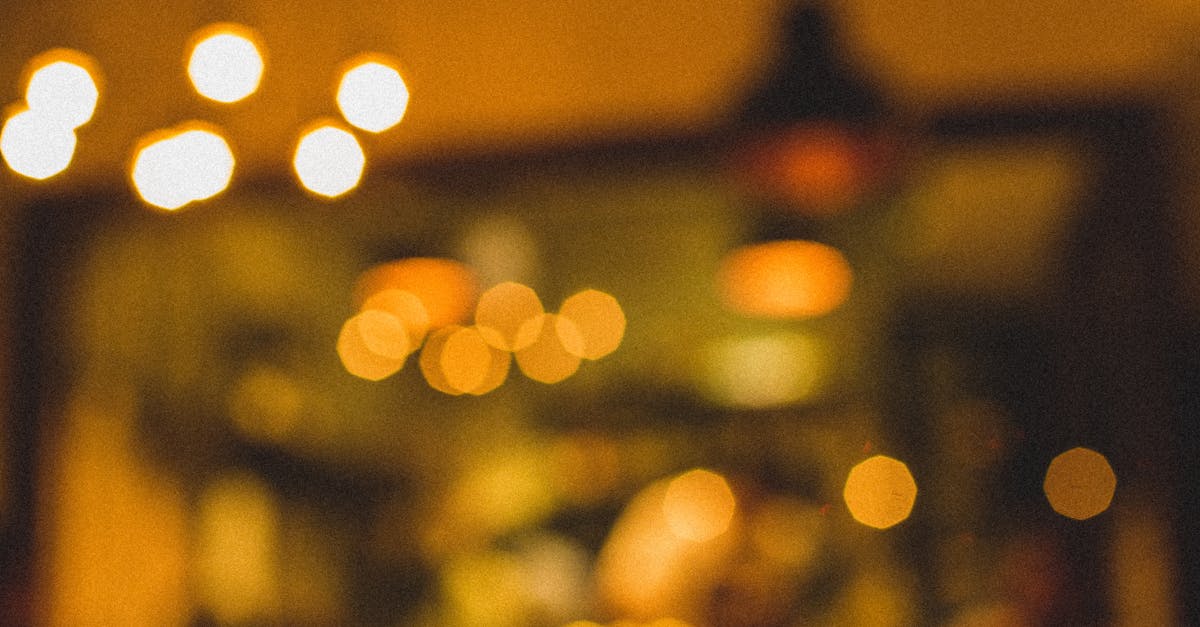Illuminating the Path to Plant Paradise: A Comprehensive Guide to Thriving Greenery on Shady Balconies

Unlock the Secrets of Thriving Plant Life on Shady Balconies: A Guide to Lighting and Beyond
Creating a flourishing oasis on a shaded balcony presents unique challenges, especially when it comes to providing adequate lighting for plants that crave the sun’s rays. This comprehensive guide will illuminate the path towards cultivating vibrant greenery, empowering you with the knowledge and strategies to overcome the limitations of limited natural light. As we delve into the realm of artificial lighting, we will explore the intricacies of different light types, their suitability for various plant species, and the optimal positioning and intensity for maximum growth. Additionally, we will harness the power of natural light, maximizing its potential and exploring innovative techniques to amplify its benefits. Join us as we unveil the secrets of thriving plant life on shady balconies, transforming your urban haven into a lush sanctuary of tranquility and beauty.
Beyond the essential element of lighting, this guide will provide holistic care tips to ensure the overall well-being of your plants. We will delve into the art of appropriate watering, the importance of balanced fertilization, and the intricate dance of temperature control. By mastering these essential elements, you will equip yourself with the knowledge to nurture your plants and watch them flourish, creating a captivating oasis amidst the urban landscape.
1. Understanding Plant Lighting Requirements

Understanding Plant Lighting Requirements: Every plant has specific lighting needs. Learn about the different light intensities and durations required for healthy plant growth.
Light is the lifeblood of plants, fueling their intricate photosynthetic processes that convert sunlight into energy. Just as humans have varying nutritional needs, plants exhibit a diverse range of lighting requirements to thrive. Some plants, like sun-worshipping sunflowers, bask in the intense glow of direct sunlight, while others, like delicate ferns, prefer the dappled shade of forest canopies. Understanding the specific lighting needs of your plants is paramount for their health and longevity.
The intensity of light is measured in foot-candles (fc) or lux (lx), and the duration of light is expressed in hours per day. Plants can be broadly categorized into three groups based on their light requirements:
- High-light plants: These plants, such as succulents and cacti, thrive in bright, direct sunlight, typically requiring 6 hours or more of direct sun per day.
- Medium-light plants: Plants in this category, including many popular houseplants like pothos and snake plants, prefer indirect sunlight or bright, filtered light for 4-6 hours per day.
- Low-light plants: These plants, such as ZZ plants and peace lilies, can tolerate dimly lit environments with as little as 2 hours of indirect sunlight per day.
It’s important to note that even within these categories, there is variation in light tolerance among different species. Observing your plants’ growth patterns and adjusting their light exposure accordingly is crucial for optimal health.
2. Types of Artificial Lighting for Shade-Tolerant Plants

Types of Artificial Lighting for Shade-Tolerant Plants: Explore the various types of artificial lighting, including fluorescent, LED, and HID grow lights, and their suitability for different plant species.
When natural light falls short, artificial lighting becomes indispensable for nurturing plants on shady balconies. The market offers a wide range of artificial lighting options, each with its unique characteristics and suitability for different plant species.
- Fluorescent lights: These lights emit a cool, bluish light and are a cost-effective option for providing supplemental lighting. They come in various shapes and sizes, making them suitable for different spaces and plant sizes. However, they have a relatively low light output compared to other types of grow lights.
- LED grow lights: LED lights have gained popularity in recent years due to their energy efficiency and long lifespan. They emit a targeted spectrum of light that can be customized to suit the specific needs of different plant species. LED grow lights are more expensive than fluorescent lights but offer greater control over light intensity and wavelength.
- HID grow lights: HID (High-Intensity Discharge) grow lights, including metal halide and high-pressure sodium lights, produce a powerful, warm light that is ideal for plants requiring high light intensity. They are often used in commercial greenhouses and can be more expensive to purchase and operate than fluorescent or LED lights.
When choosing artificial lighting for shade-tolerant plants, consider the following factors:
- Light intensity: The light intensity should be appropriate for the plant’s specific requirements. Shade-tolerant plants generally prefer lower light levels than high-light plants.
- Light spectrum: The light spectrum emitted by the grow light should match the plant’s natural light requirements. Some plants may benefit from specific wavelengths of light for optimal growth and flowering.
- Coverage area: Choose a grow light that provides adequate coverage for the size and number of plants you intend to grow.
3. Positioning and Intensity of Grow Lights
Positioning and Intensity of Grow Lights: Proper positioning and intensity of grow lights are crucial for optimal plant growth. Learn about the recommended light distance, angles, and intensity levels for various plant types.
Once you’ve selected the appropriate artificial lighting for your shade-tolerant plants, their positioning and intensity become critical factors in ensuring optimal growth. Here are some guidelines to follow:
Light distance: The distance between the grow light and the plant canopy should be adjusted based on the type of light and the plant’s light requirements. As a general rule, fluorescent lights should be placed 6-12 inches from the plant canopy, LED grow lights can be placed 12-18 inches away, and HID grow lights should be placed 18-24 inches away.
Light angle: The angle at which the light hits the plant canopy affects the distribution of light and the plant’s growth pattern. For most plants, it’s recommended to position the grow light directly above the plant, providing even illumination. However, some plants may benefit from supplemental side lighting to encourage fuller growth.
Light intensity: The intensity of the grow light should be disesuaikan with the plant’s light requirements. Shade-tolerant plants generally prefer lower light levels than high-light plants. Use a light meter to measure the light intensity at the plant canopy and adjust the distance or intensity of the grow light accordingly. Most plants thrive under light intensities between 100 and 200 foot-candles (fc) or 1000 to 2000 lux.
By carefully considering the positioning and intensity of your grow lights, you can create an optimal lighting environment for your shade-tolerant plants, promoting healthy growth and vibrant foliage.
4. Supplementary Sunlight and Natural Light Maximization
Supplementary Sunlight and Natural Light Maximization: Even in shady balconies, natural light can be harnessed to supplement artificial lighting. Discover tips for maximizing natural light exposure and using reflective surfaces or mirrors.
While artificial lighting is essential for providing adequate light for plants on shady balconies, natural light should not be overlooked. Here are some tips to maximize natural light exposure and harness its benefits:
- Choose light-colored surfaces: The color of your balcony surfaces can significantly impact the amount of light reflected towards your plants. Opt for light-colored walls, railings, and furniture to maximize light reflection and create a brighter environment for your plants.
- Use reflective materials: Strategic placement of reflective materials, such as aluminum foil or mylar, can redirect natural light towards your plants. Place these materials on the walls or the floor around your plants to bounce light back onto their leaves.
- Consider mirrors: Mirrors can be a clever way to increase natural light exposure on your balcony. Position mirrors opposite windows or other light sources to reflect and amplify the available light, creating the illusion of a larger and brighter space.
- Prune strategically: If you have trees or tall structures surrounding your balcony, consider pruning them to allow more natural light to reach your plants. However, be mindful not to remove too much foliage, as trees can also provide beneficial shade during hot afternoons.
By incorporating these simple techniques, you can optimize the use of natural light on your shady balcony, supplementing your artificial lighting and creating a more favorable environment for your plants to thrive.
5. Additional Tips for Plant Care in Shady Conditions
Additional Tips for Plant Care in Shady Conditions: Beyond lighting, ensure the overall well-being of your plants on shady balconies. Learn about appropriate watering, fertilization, and temperature control for optimal growth.
While providing adequate lighting is crucial for plant growth on shady balconies, other factors also play a significant role in ensuring their well-being. Here are some additional tips to consider:
Watering: Plants on shady balconies may require less frequent watering than those in full sun. Allow the soil to dry out slightly between waterings to prevent overwatering and root rot. Use a moisture meter to monitor soil moisture levels and adjust your watering schedule accordingly.
Fertilization: Fertilizing your plants regularly provides them with essential nutrients for growth. Choose a balanced fertilizer and apply it at half strength during the growing season. Avoid over-fertilizing, as this can damage plant roots.
Temperature control: Shady balconies can experience temperature fluctuations, especially during the night or in winter. Protect your plants from寒潮 by providing insulation, such as bubble wrap or frost blankets. You can also move them indoors if temperatures drop significantly.
Pest and disease management: Plants in shady conditions may be more susceptible to certain pests and diseases due to reduced air circulation and sunlight exposure. Regularly inspect your plants for signs of infestation or disease and take appropriate measures to control them promptly.
By following these additional tips, you can create a more favorable environment for your plants on shady balconies, ensuring their health, vigor, and beauty.
Quiz: Test Your Understanding
-
True or False: All plants require the same amount of light intensity for healthy growth.
-
Which type of artificial grow light is known for its energy efficiency and targeted light spectrum?
-
How far away should fluorescent lights generally be placed from the plant canopy?
-
Which color surfaces are best for reflecting natural light towards plants on shady balconies?
-
True or False: Over-fertilizing plants is beneficial for their growth.
Answer Key
- False
- LED grow lights
- 6-12 inches
- Light-colored surfaces
- False
Answer Key
- False
- LED grow lights
- 6-12 inches
- Light-colored surfaces
- False
